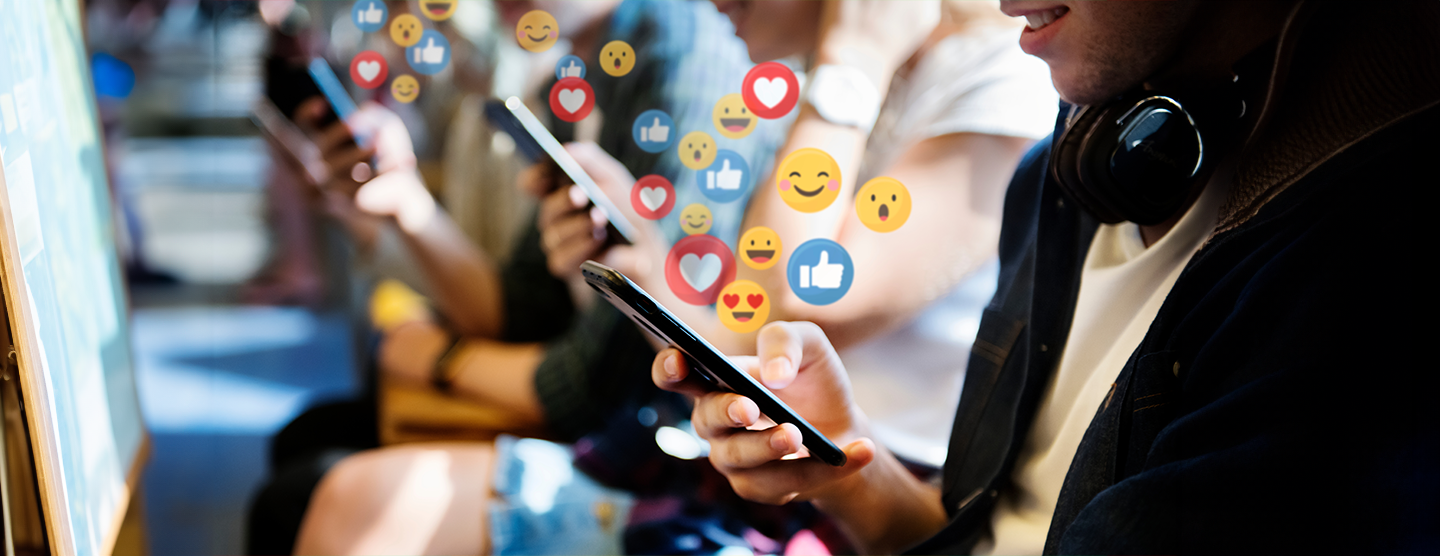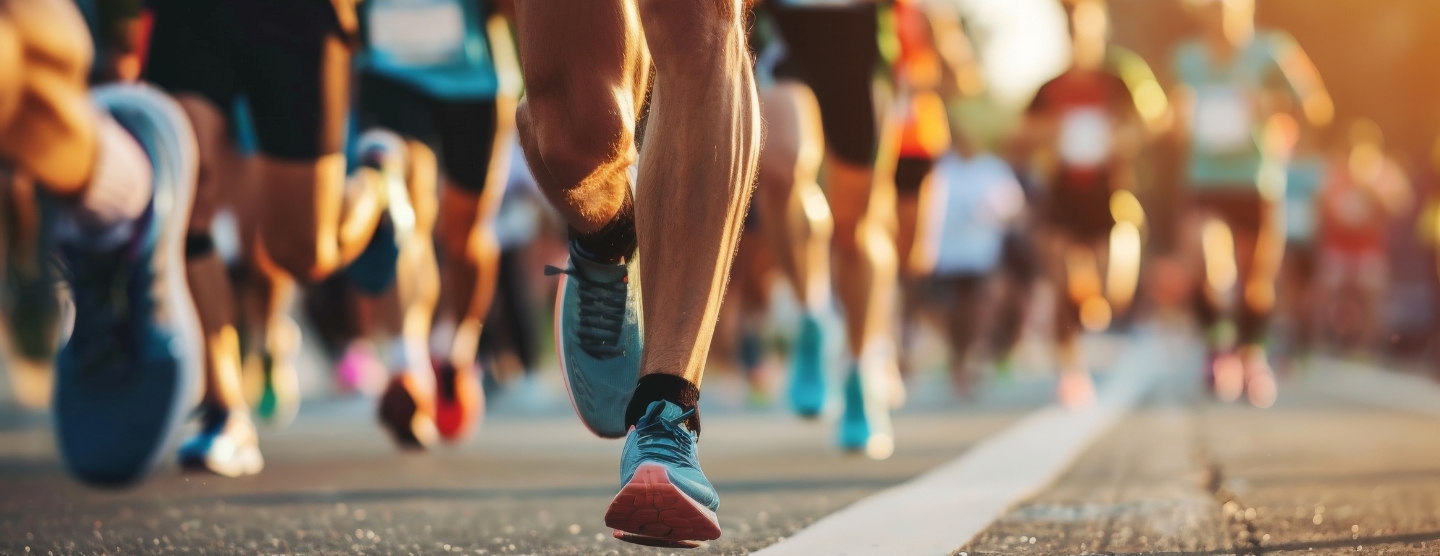Going Viral: The Past, Present, and Future of Marketing Buzz
How virality has evolved from pre-digital times to the current age of social media and what it means in the world of marketing.
By Rimona for Red Bangle
08 min read
Jul 18, 2024

Nothing is more confounding than a campaign brief suffixed with ‘We want it to go viral’. How would you explain the task to your team? There are bound to be exasperated sighs, questions about the campaign budget and jokes; “Viral? Is the campaign for Dolo 650?”
But once you get past that bit comes the question we all want the answer to – What is ‘going viral’ exactly?
When successful examples of viral marketing are either happy accidents or million dollar productions and brands even struggle to recreate the magic of their earlier successes, the pressure is on creative agencies to produce a campaign that will have enough likes, shares comments, impressions and mentions to ‘break the internet’. Is there some secret sauce?
There are tons of shining instances of virality in the digital era which marked historic moments in popular culture, changed the ways in which brands communicate, sparked technology innovations, and even shaped societal changes
Examples of Virality
2000: The search for images of Jennifer Lopez’s iconic green dress at the Grammy awards sparked the birth of Google Images.

2012: PSY’S Gangnam Style opened the world’s eyes to the unstoppable Korean Wave.

2014: The Ice Bucket challenge raised over $220 million globally for ALS research. features.

2022: Apple’s “Shot on iPhone” Campaign 10+ million posts on Instagram using the hashtag #ShotoniPhone. 200+ million views on YouTube for campaign videos. Made iPhone 13 one of the best-selling models of the year.

2024: Nancy Tyagi at Cannes Film Festival. Her debut self-created look gained global recognition; a true example of the DIYness and democratisation of virality.

(Scroll to the end to see the entire list)
Pre-Digital Virality
But we know that brands went viral even before the internet existed. In India of course we all sang the same songs – Tandurusti ka raksha karta hai Lifebuoy and Washing Powder Nirma, wore the same shoes – Naughty Boys and North Star, demanded the same snacks – Uncle Chips and Hajmola, uttered ‘Jab main chota baccha tha’ – at every available opportunity and doodled the same characters – The Common Man and Fido Dido. All because of media influence through television, radio, newspapers and magazines
But the real secret is in acknowledging the pre-internet universality of non-marketing trends, catch-phrases, jokes, urban legends and word-of-mouth phenomena in a country as large and diverse as ours. How did everyone from Kashmir to Kanyakumari (ironically yet another ‘viral’ phrase) know the same Santa Banta, Rajnikanth and Zail Singh jokes? How was it that every single person in India born before the 1990’s went to a school which was allegedly built on a graveyard? And how come every neighborhood uncle encountered a hitchhiker in a white sari and backwards feet. How come every teenager worth their salt swore by the validity of chain letters? How come we all chanted In-Pin-Safety-Pin to choose the ‘den’ or shouted Yellow Yellow Dirty Fellow at someone from the dreaded Yellow House?
The answer is simple really. The world changes but human nature doesn’t. If something is fun, intriguing or new, word will get around. Internet or no internet. It will find its way into popular culture and daily lingo. It will spread beyond geographies and cultures. It will ‘go viral’. All it takes is authenticity, humor, relatability and emotional resonance.
Viral Marketing
So when marketers ask for their campaigns to go viral they’re not really asking for the impossible. All they’re really asking is for their brand or product to go viral. Make it sell. Make it catch on. Make it interesting. And for that luckily there are ways.
- Understanding Your Audience: Know your target demographic and craft content that resonates with them.
- Creativity and Innovation: Think outside the box and experiment with different formats and ideas.
- Emotional Connection: Leverage the power of storytelling to create an emotional connection with your audience.
- Community Engagement: Leveraging trends, challenges, usage of hashtags and influencers to engage with your audience and build a loyal community around your brand.
- Data and Analytics: Tracking metrics and analyzing data to understand what content performs best and why.
Understanding these principles of virality in today’s digital landscape is in itself an art. Brands need to partner with the right agency to embrace creativity, authenticity, and community engagement in their marketing efforts to increase their chances of catching on. So the next time a brand seeks out virality you know what to do. (After cracking the Dolo 650 joke, of course.)
Cultural Milestones
While there is no way to make a comprehensive list here’s a timeline of our curation of viral content that made history.
| 1996 | Dancing Baby also known as “Baby Cha-Cha-Cha” became the first viral internet phenomenon. |
| 2000 | The search for images of Jennifer Lopez’s iconic green dress at the Grammy awards sparked the birth of Google Images. |
| 2003 | #NoShaveNovember started as a way to raise awareness for men’s health issues and raised millions in charity over the years with the support of brands. |
| 2007 | The classic Cadbury’s gorilla drummer – Completely rewrote codes in an industry filled with cookie cutter communication. |
| 2011 | Kolaveri Di Became India’s first major YouTube hit with over 100 million views. Influenced YouTube’s strategy to promote regional creators. |
| 2012 | Dumb Ways to Die campaign by Metro Trains in Melbourne, Victoria to promote railway safety was the world’s most shared public service announcement. |
| 2012 | PSY’S Gangnam Style opened the world’s eyes to the unstoppable Korean Wave. |
| 2012-2014 | Satyamev Jayate garnered 500 Million views. 1.2B impressions and got everyone talking about social issues. |
| 2014 | The Ice Bucket challenge raised over $220 million globally for ALS research. features. |
| 2014 | Flipkart’s ‘Big Billion Days’ achieved $100 million in GMV within 10 hours. revolutionized e-commerce in India, making online shopping a mainstream activity. |
| 2015 | Nestle’s comeback from India’s Maggi noodles ban helped them regain 60% market share in India within 6 months with the #WeMissYouToo campaign. |
| 2015 | The Black-Blue-White-Gold dress debate on Facebook had the whole world scrambling to understand physics. |
| 2017 | #MeToo Movement in India – The hashtag was used over 1 million times within a month. This led to significant policy changes and increased awareness around sexual harassment. |
| 2020 | “Keeping You Connected” Campaign boosted Zoom’s usage during the pandemic. Changed how people work and communicate, making remote work and virtual meetings a new normal. |
| 2021 | Maleesha Kharwa went from a shack dwelling teenager to supermodel thanks to a chance meeting with a Hollywood actor who photographed and shared her story on Instagram. |
| 2022 | Apple’s “Shot on iPhone” Campaign 10+ million posts on Instagram using the hashtag #ShotoniPhone. 200+ million views on YouTube for campaign videos. Made iPhone 13 one of the best-selling models of the year. |
| 2022 | Cadbury’s “Shah Rukh Khan My Ad” 200+ million views across social media platforms within a month, 70+ million views on YouTube.Thousands of local businesses participated, creating their customized ads with SRK. Showed the potential of using AI and celebrity endorsements. |
| 2024 | Nancy Tyagi at Cannes Film Festival. Her debut self-created look gained global recognition; a true example of the DIYness and democratisation of virality. |


